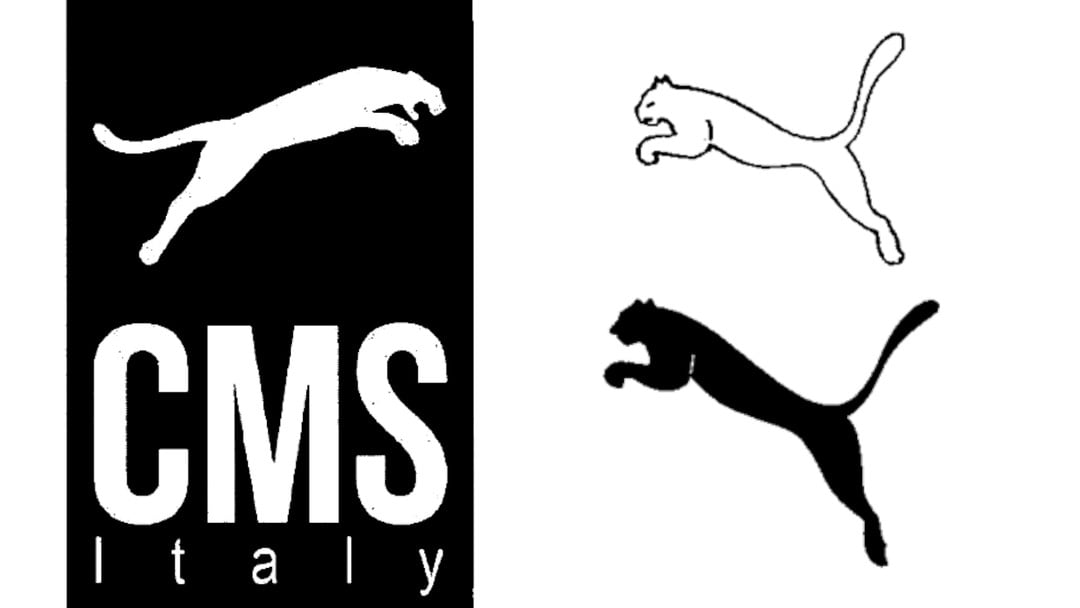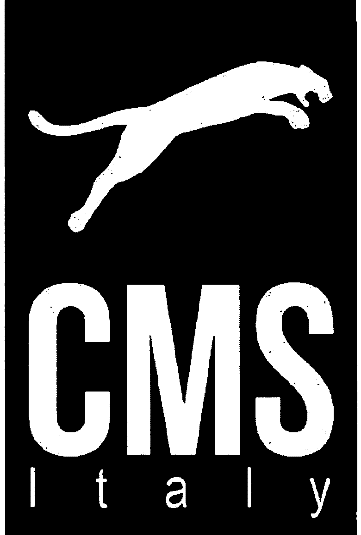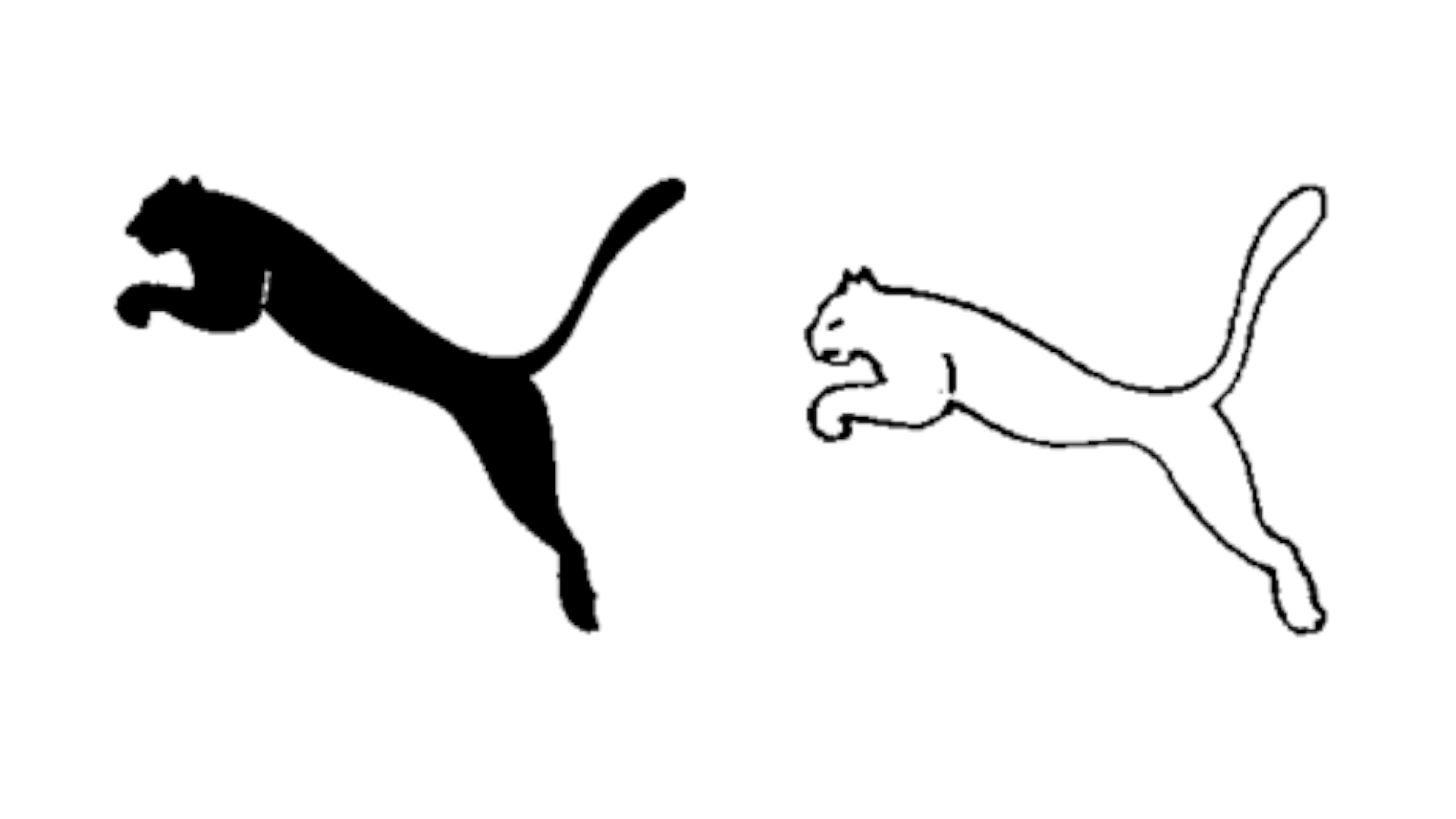Puma v EUIPO: General Court clarifies duty to consider best-case reputation scenarios

The General Court has annulled a decision by EUIPO's Fifth Board of Appeal, establishing important procedural requirements for assessing trade mark reputation.
The General Court's judgement in Puma SE v EUIPO (Case T-491/24) addresses a fundamental procedural obligation when assessing trade mark reputation under Article 8(5) of Regulation (EC) No 207/2009. The decision establishes that EUIPO must expressly consider the best-case scenario for the losing party when determining the strength of an earlier mark's reputation.
Background

CMS Costruzione macchine speciali SpA designated the European Union for protection of international registration No 1 150 538, a figurative mark covering apparatus and industrial machine tools for heat exchangers (Class 7), heating and refrigeration systems (Class 11), and installation services (Class 37).

Puma opposed the registration based on its earlier international figurative marks depicting a feline bounding to the left [Puma marks], registered across multiple European jurisdictions. The earlier marks covered goods including sporting shoes and sports clothing in Class 25.
The Board of Appeal's approach
The Fifth Board of Appeal found that Puma's earlier marks enjoyed "at least an average degree of reputation" for sporting shoes and sports clothing. This formulation became the central point of contention, as Puma had claimed a "very high degree of recognition" and "well-known character" for its marks.
The Court's analysis
The General Court identified a critical error in the Board of Appeal's methodology. When assessing whether a link exists between marks—an essential precondition for applying Article 8(5)—the strength of the earlier mark's reputation must be evaluated as part of a global assessment.
The Court emphasised that where the degree of reputation remains uncertain, EUIPO must either establish the precise degree of strength for each specific good or service, or expressly take into account the best-case scenario for the losing party. This obligation stems from EUIPO's duty of diligence and ensures proper consideration of all relevant factors.
The Court rejected EUIPO's arguments that such consideration could be implicit. It held that consideration of the best-case scenario "should be explicit and clear, and not implicit or abstruse." References in the contested decision to market share data and longstanding extensive use did not constitute explicit consideration of a very high degree of reputation in the overall assessment of the link between the marks.
Implications for practice
The judgement clarifies several procedural points. First, the degree of reputation may vary according to specific goods and services, requiring careful analysis for each category. Second, where a party claims a high degree of reputation, adjudicating bodies cannot simply find an "at least average" degree without explicitly addressing the higher claim.
Third, assessments made "for the sake of completeness" regarding different goods cannot substitute for explicit consideration in the primary analysis. The Court noted that the Board of Appeal's reference to a potential "high degree of reputation" for goods "other" than sporting shoes and sports clothing did not establish proper consideration for the core goods at issue.
Outcome
The General Court annulled the contested decision in its entirety, ordering EUIPO to pay costs. The matter returns to the Board of Appeal for reassessment in accordance with the judgement's principles. The Court declined to rule on the strength of reputation itself, maintaining its role as a reviewer of legality rather than substituting its own reasoning for that of EUIPO's adjudicating bodies.
This judgement reinforces procedural rigour in reputation assessments and establishes clear standards for transparency in decision-making under Article 8(5) of the EU trade mark regulation.
